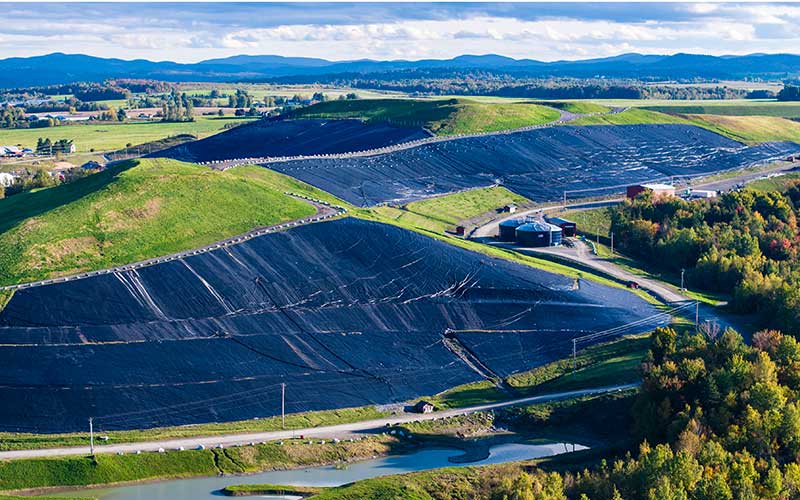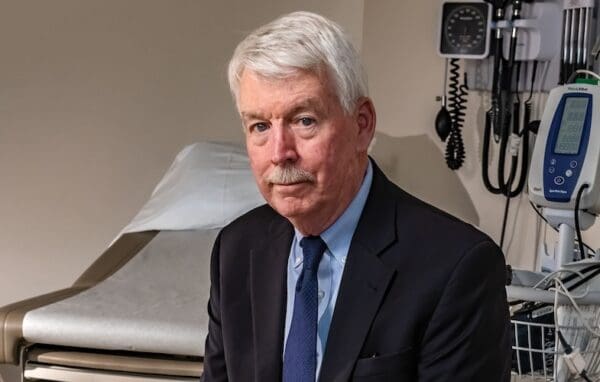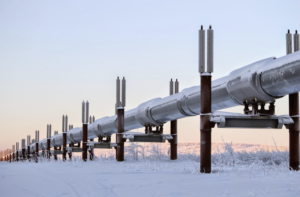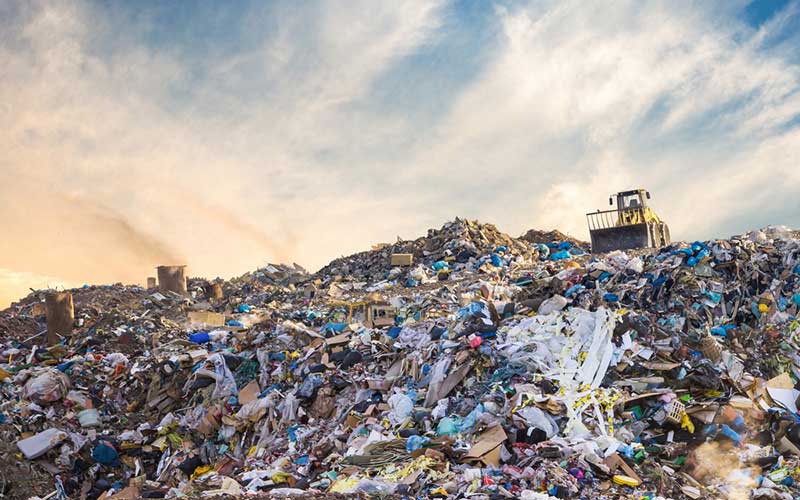
Landfills may hide layers of trash, but they can’t hide the harmful smells—or the invisible dangers they release into our air and climate. Photo: Shutterstock.
I’ll never forget the first time I visited a landfill. My family forgot to take out the trash on pickup day. So, my dad and I loaded the bags into the truck and drove to the local dump ourselves. As we arrived, my dad told me to stay in the truck while he hauled out the bags. But curiosity got the better of me, and I stepped out, instantly regretting it. My shoes sank into the squishy, trash-covered earth, and then, it hit me – the smell. It was the kind of stench so potent it makes your eyes sting: decaying food, old plastic, a mix of every type of waste you can imagine. I felt dizzy and nauseous – and immediately ran back inside the truck. But the smell had soaked into my clothes and skin. I felt like the landfill scent had chased me home. The minute we got back, I jumped into the shower and put on fresh, clean clothes.
Today, landfills might look “fancier” on the outside – covered in layers of soil and black plastic tarps to mask the garbage beneath. Yet, the same old stenches seep out. But why do landfills stink? And how does that smell impact our health?
The Rotten Culprit: Why Do Landfills Smell So Bad?
Landfills are full of organic waste – food scraps, yard trimmings, even old clothes – that break down and release a cocktail of unpleasant gases. When I got out of that truck years ago, ammonia and sulfides were among the gases responsible for that characteristic rotten-egg smell that made my eyes water. But beyond making us wrinkle our noses, these gases can irritate our lungs, eyes, and skin. We all deserve fresh and clear air, but for those living near landfills, escaping the scent of ammonia isn’t as simple as running back home.
And while the smell is overpowering, it’s not even the worst part. The real danger lies in the invisible gases that landfills release – gases you can’t smell but can still inhale.
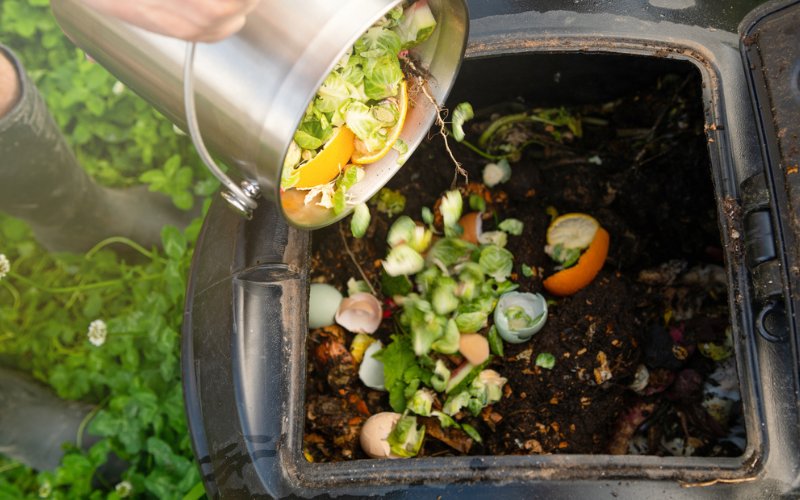
Odorless Gases Are Also the Most Dangerous
If my landfill experience taught me anything, it’s that bad smells make you feel sick. But here’s the twist: The most dangerous gases are the ones you can’t perceive.
Methane, for example, is one of the main gases landfills release as organic waste decomposes. It’s colorless and odorless on its own, but in landfills, it mixes with other chemicals to create that potent stink. Methane is also a powerful gas – about 28 times more harmful to our climate than carbon dioxide. So, every whiff of landfill air isn’t just unpleasant; it’s causing our planet to overheat.
Even more troubling, methane doesn’t stay put around the landfill. It travels, mingling with neighborhood air and worsening the air quality of nearby communities. The result? Long-term exposure to methane can cause dizziness, headaches, or even long-term health effects, particularly for vulnerable groups like children and elders. With impacts like these, it’s clear that no one should have to live in a community where the air is tainted by invisible toxins.
Fueling the Fire of Climate Change
As it decomposes, trash releases another odorless villain: carbon dioxide. This gas makes up about half of all landfill gases. Carbon dioxide lacks the immediate foul smell of ammonia or sulfides. But, with every passing day, it rises into the atmosphere, thickening the blanket of pollution around our planet. Our overheating planet leads to more extreme weather – floods, heatwaves, and droughts – that put our health and safety at risk.
PFAS: The “Forever Chemical” You Don’t Want in Your Air
Toxic PFAS – also known as “forever chemicals” because they don’t break down – are used in a slew of consumer products from nonstick pans to waterproof jackets. They’re known to harm our health in myriad ways.
Until recently, we didn’t know much about the presence of PFAS in landfill gases. But researchers recently found that landfills release unsafe and concerning levels of PFAS into the air. That means these harmful chemicals threaten our soil, water, and the air we breathe.
Imagine breathing in a mix of chemicals linked to cancer, immune system damage, and hormonal disruption. For people living near landfills, PFAS exposure is a very real health risk. And unlike other gases, these forever chemicals don’t just dissipate – they accumulate in our bodies, making the problem worse the longer we ignore it.
While you can’t smell PFAS, ammonia – the stench I could barely stand that day at the landfill – can indicate the presence of high concentrations of these toxic forever chemicals.
A Problem That Can’t Be Buried
Landfills might look more contained today, but they’re still far from a solution to the growing amount of trash generated in New England and the country. Beneath the layers of soil and plastic, they release gases that don’t stay confined within their fence lines. Whether it’s the nauseating scent of ammonia and sulfides, the invisible threat of methane and carbon dioxide, or the lasting toxicity of PFAS, landfills threaten our health beyond bad odor.
Covering up the problem with dirt and plastic tarps is just that: a cover-up. That’s why CLF is tackling waste from multiple zero-waste angles, including food waste bans, eliminating PFAS from consumer products, and stricter landfill regulations. These solutions offer a path forward where, instead of simply managing waste, we focus on preventing it.
As I learned on that first landfill visit, you can try to mask the problem, but the stink – and its impact – will follow you home. It’s time to stop the stink at its source.
